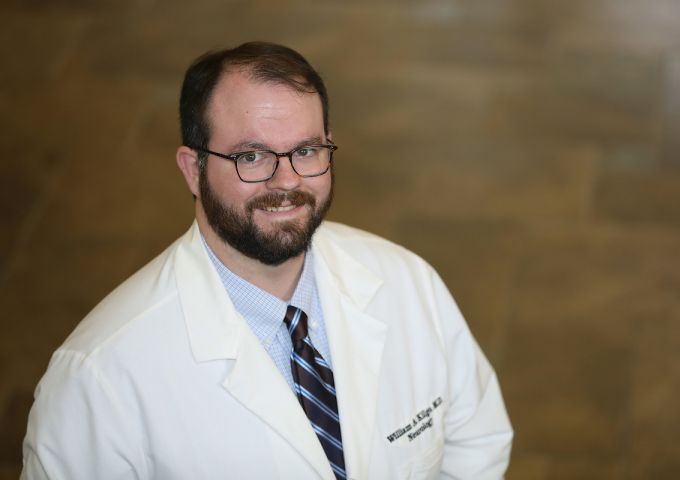
Different Cycles Contribute to Peaceful Slumber
Sleep progresses through a number of different stages that are marked by distinctive changes in brain activity.
“You don’t just go to sleep and then wake up in the morning,” said Dr. William A. “Jet” Broughton, professor of internal medicine at the University of South Alabama College of Medicine, who is board-certified in sleep medicine. “There is a sort of architecture of sleep.”
Research has revealed a 90-minute sleep cycling through non-rapid eye movement (NREM) sleep and rapid eye movement (REM) sleep. REM sleep is when most dreaming occurs. “Every 90 minutes, there is a dream period in normal adult individuals,” Dr. Broughton said. “These dream periods get longer and longer as the night wears on. Thus, early morning awakenings are often accompanied by dream recall.”
The phenomenon of dreaming is generated by a lower portion of the brain called the pons. This area contains the on-off switch for dreaming and also contains the wiring for transmitting commands for muscle activity to the body.
Dr. Broughton said early researchers found that dream content is forgotten almost instantaneously in most subjects. “The only dreams we recall are the really good, the really bad, or the really weird ones,” he said.
According to Dr. Broughton, the function of dreaming is still unknown.
Dr. Sigmund Freud’s theory of dreams suggested that dreams were a representation of unconscious desires, thoughts and motivations. Psychiatrist Carl Jung claimed that dream analysis is the primary way to gain knowledge of the unconscious mind. Dr. Broughton said most current thought suggests that dream content is not quite as meaningful as that.
Instead, dreams are believed to be “electrical noise” that may be part of the learning process. “Studies have shown that REM sleep may play a role in consolidating learned material,” Dr. Broughton said.
We are not in control of our dream content, according to Dr. Broughton. “Odd, worrisome and even frightening content should not make us uneasy," he said. "It is just our brain sorting through the events of the day and our life. Think of it as the filing of our memories and feelings in their appropriate place in the cabinet of our memory.”




